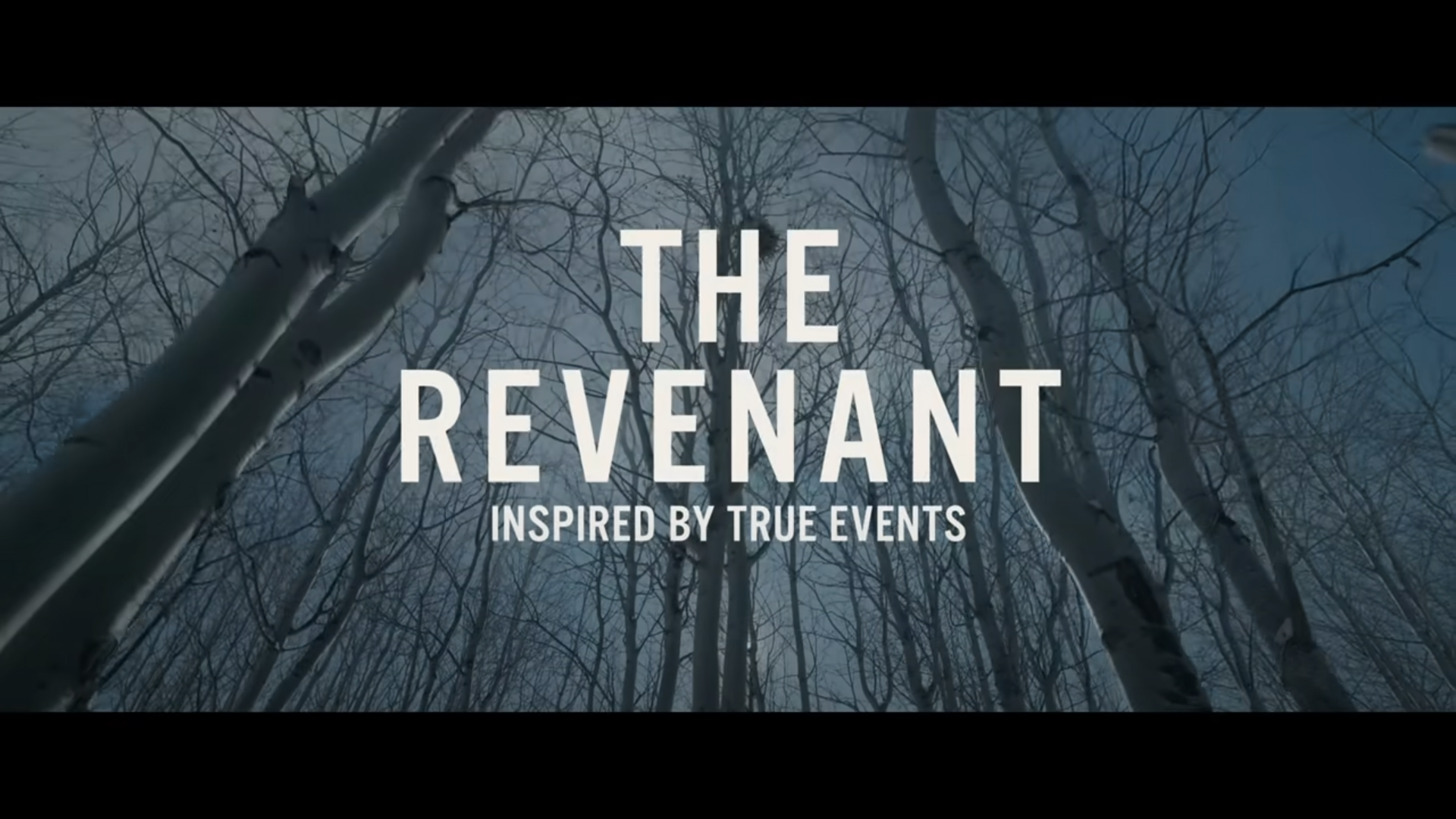‘Poor Things’ is a film that stirred curiosity and anticipation among audiences, yet upon its release, many viewers found themselves disappointed. This pivotal exploration dives into the reasons ‘Poor Things’ fell flat for audiences and investigates the various elements that may have contributed to its lackluster reception.
Understanding Audience Expectations
When audiences approach a film, they often come with preconceived notions shaped by trailers, marketing, or the filmmaker’s reputation. In the case of ‘Poor Things,’ it was directed by the renowned Yorgos Lanthimos, known for films that evoke strong emotional responses and showcase bizarre narratives. This reputation can lead to inflated expectations. Fans anticipated an intricately woven narrative filled with the ironic humor and distinct stylistic choices that Lanthimos typically offers.
Expectations can set a film up for failure if the final product deviates from what audiences were led to believe it would deliver. In ‘Poor Things,’ viewers might have expected a sharp, witty commentary on society mixed with the usual absurdity synonymous with Lanthimos’ earlier works. However, the film’s narrative structure and thematic execution did not align with these anticipations. The result was a disconnection between what viewers hoped to experience and what the film ultimately provided.
Narrative Structure and Pacing
One of the key elements that can dictate a film’s success or failure is its narrative structure. ‘Poor Things’ possessed an unconventional story arc that, while ambitious, ultimately hindered its pacing. Many viewers reported feeling disoriented by the film’s shifts in tone and pace, which made it difficult for them to become fully immersed in the story.
A film’s pacing must maintain a balanced rhythm to keep audiences engaged. In ‘Poor Things,’ abrupt transitions left many feeling bewildered rather than intrigued. Instead of creating a tapestry of experiences that added depth to the characters, the shifts often felt jarring. When viewers are unable to invest emotionally in the story or the characters, the overall enjoyment of the cinematic experience diminishes. Critics noted that the film’s ambitious narrative ambitions often sacrificed coherence for creativity.
Character Development and Relatability
Character development plays a crucial role in how audiences connect with a film. In ‘Poor Things,’ many viewers found it challenging to empathize with or relate to the characters, primarily due to their unconventional traits and the lack of backstory provided. While Yorgos Lanthimos often presents eccentric characters, ‘Poor Things’ took this to an extreme, which led to detachment rather than empathy.
Moreover, the film emphasizes characters who exist in absurd situations, leaving audiences feeling like onlookers rather than participants in the narrative journey. This barrier can inhibit emotional investment, as viewers may find themselves struggling to understand the characters’ motivations or the stakes involved in their journeys. When characters lack depth, it can result in the audience having a less immersive experience, ultimately detracting from the film’s overall impact.
Themes and Messages
Every film is often seen as a vessel for deeper themes and messages, and ‘Poor Things’ aimed to tackle several complex concepts. Unfortunately, the execution of these themes fell flat for many viewers. Themes involving identity, transformation, and societal norms are rich territory in cinema, but if poorly articulated, they can confuse rather than resonate.
Lanthimos’ penchant for subtext is one of the elements that fans often appreciate; however, in ‘Poor Things’, the thematic explorations felt scattered. Some critics noted that the film had moments of brilliance but struggled to maintain a coherent message throughout. This inconsistency left many viewers feeling like the film was meandering without a clear point, which is particularly disappointing when audiences seek meaning in the films they watch. A lack of thematic clarity also makes discussions around the film less engaging, contributing to its overall unfulfilling experience.
Visual Style and Cinematic Choices
A film’s visual style can significantly enhance or detract from the storytelling experience. In ‘Poor Things,’ while the cinematography aimed to reflect a unique aesthetic, some viewers felt it oversaturated the narrative. While distinctive visuals can be enchanting, if they overshadow the story or character development, they fail to serve the film’s overall purpose.
The choice to prioritize a stylized visual representation may have drawn attention away from more substantial narrative elements. Amidst all the visual creativity, the story can sometimes be lost, leading to a disconnect where audiences appreciate the aesthetics but find it challenging to engage with the narrative. This disjointedness can diminish the emotional impact that the film aspires to achieve, thus contributing to its poor reception.
Comparisons to Other Works
Comparing ‘Poor Things’ to other works by Lanthimos or even to films in the same genre can exacerbate the perception that ‘Poor Things’ does not measure up. Movies often serve as a reflection of their cultural context, and when a film does not resonate as favorably as its predecessors or contemporaries, it can detract from its perception.
Critics and audiences alike make comparisons based on expectations rooted in previous experiences with the director’s earlier films. If those experiences were overwhelmingly positive, the bar is set exceptionally high. Even minor flaws in storytelling, character development, or cohesion can be perceived as monumental missteps, magnified in light of past successes. The more a film diverges from audience expectations, the more pronounced the disappointment can become, leading to ‘Poor Things’ being viewed through a harsh lens.
Marketing and Audience Reception
The marketing strategies employed prior to the release of ‘Poor Things’ also played an instrumental role in shaping audience expectations. The promotional material often hints at the film’s tone, style, and the experiences viewers can expect. If the marketing fails to accurately reflect the film’s content or misrepresents the overall vibe, audiences can feel misled.
In the case of ‘Poor Things,’ some marketing elements hinted at a more engaging and humorous narrative than what the film ultimately provided. This misalignment can lead to dissatisfaction, as audiences step into the theater expecting one experience only to receive another. Reception critic reviews that acknowledged this disparity further fueled confusion among potential viewers, leading to a mixed reception that ultimately impacted the overall box office performance of the film.
Conclusion
‘Poor Things’ presented an ambitious narrative that fell short of audience expectations due to its unconventional structure, lack of relatable characters, scattered themes, and an overwhelming visual style. Critics of the film pinpointed pacing issues, disconnection between the audience and characters, and themes that lacked clarity as major lifelines that contributed to the film’s shortcomings. Furthermore, marketing strategies also played a significant role in failing to set accurate expectations for viewers.
In exploring these various factors, it becomes apparent that understanding audience reception requires a multifaceted approach that combines narrative, character choice, thematic execution, and marketing. As entertainment continues to evolve, filmmakers must remain attuned to audience expectations while staying true to their distinctive styles to avoid the pitfalls evident in ‘Poor Things.’
FAQs
1. What is ‘Poor Things’ about?
‘Poor Things’ is a film directed by Yorgos Lanthimos, known for its eccentric characters and unconventional narrative focusing on themes of identity, transformation, and societal norms.
2. Who stars in ‘Poor Things’?
The film features an ensemble cast, including notable actors who are known for performances that often challenge typical character portrayals.
3. How did ‘Poor Things’ fare at the box office?
Despite initial anticipation, the film underperformed at the box office, reflecting the disconnect between marketing strategies and audience expectations.
4. Is ‘Poor Things’ critically acclaimed?
The film received mixed reviews, with critics noting some moments of brilliance, but largely addressing issues related to character relatability and narrative coherence.
5. What are some films similar to ‘Poor Things’?
Films that feature similar themes, unique storytelling styles, or eccentric characters include other works by Yorgos Lanthimos, such as ‘The Lobster’ or ‘The Favourite,’ and films by directors known for their distinctive visual and narrative styles.



